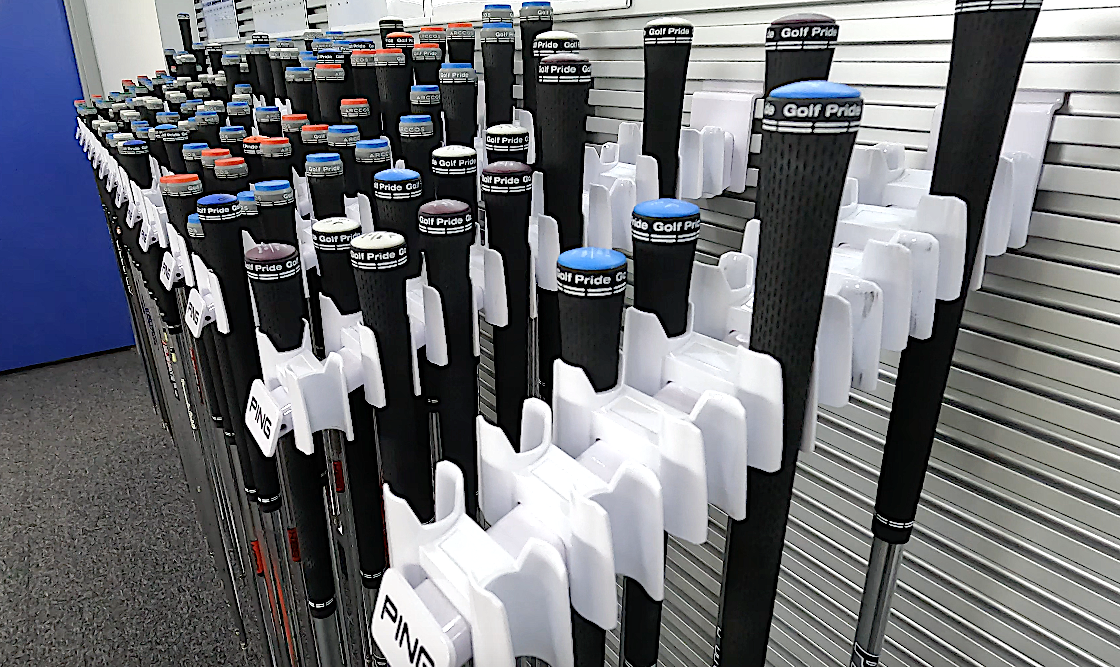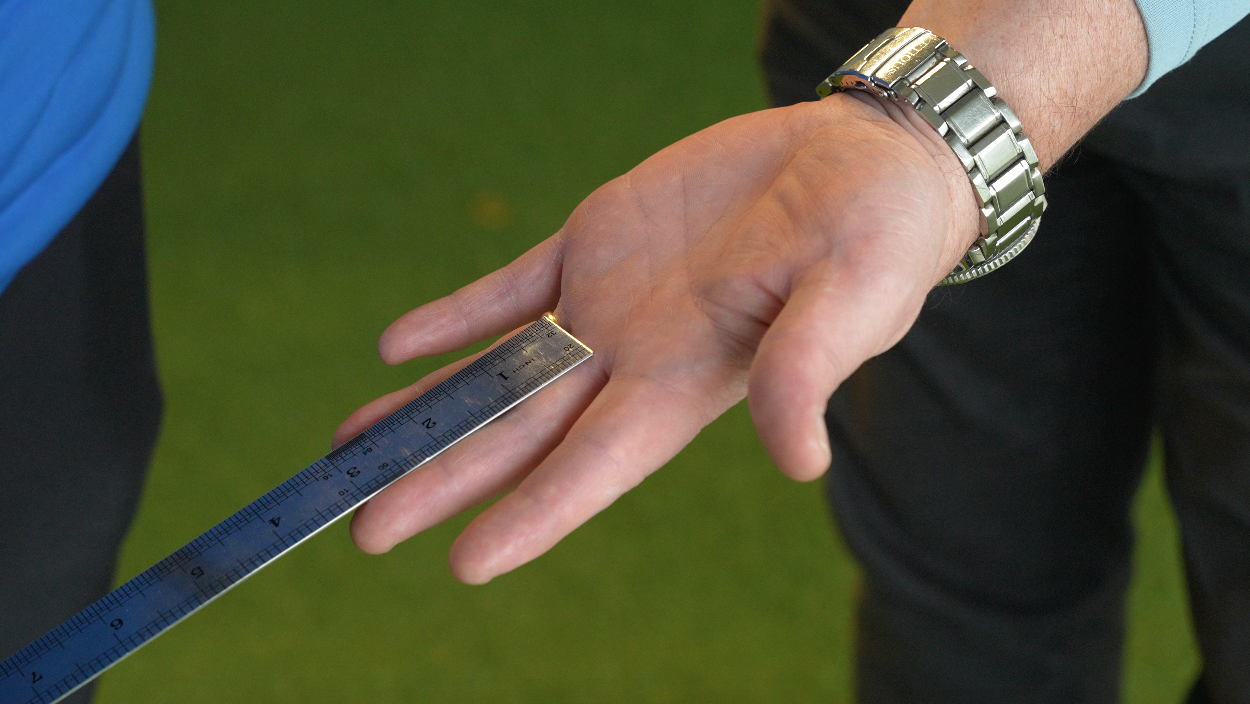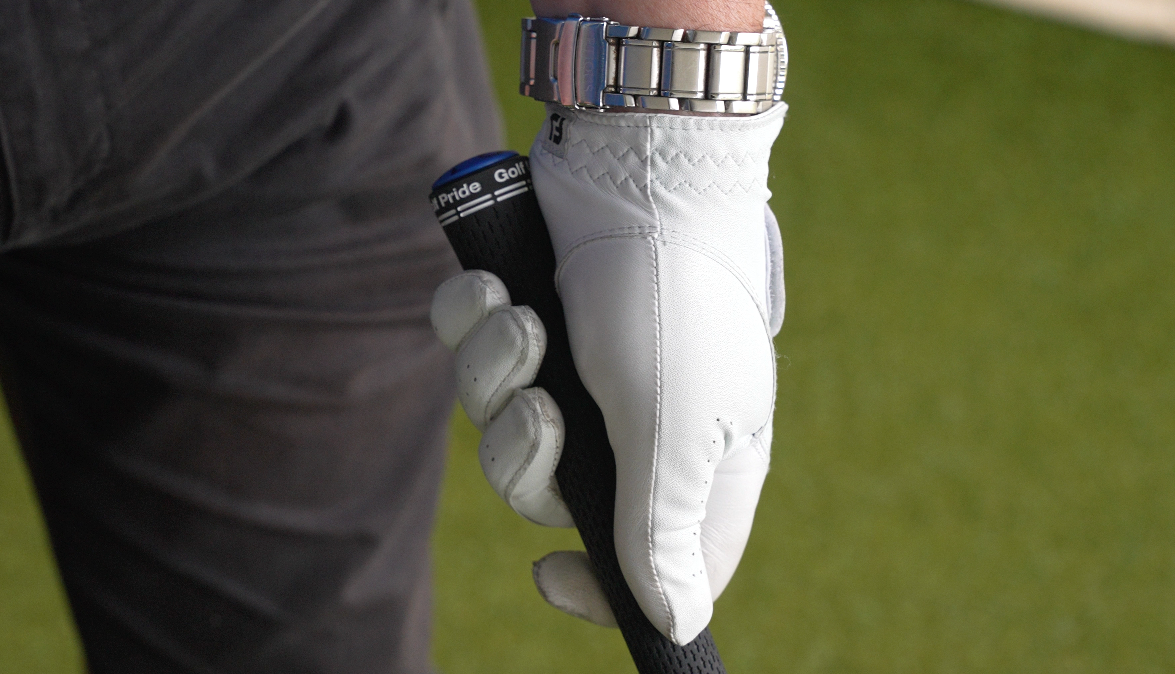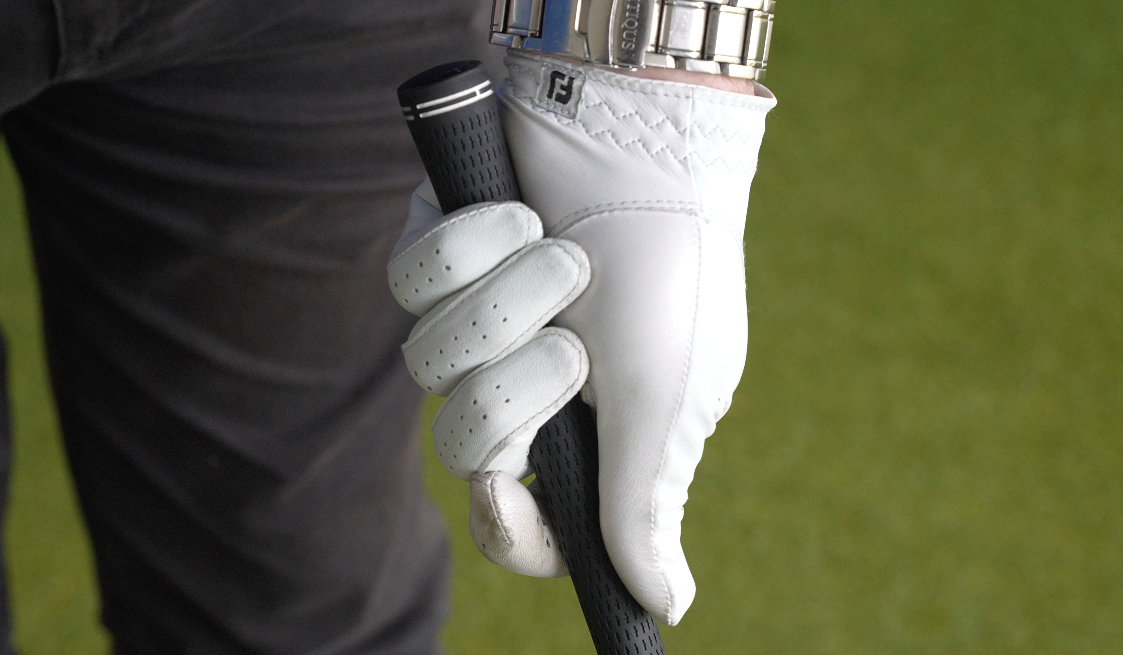Are Your Golf Grips The Right Size?
Making sure your golf grips are the right size for your hands is an important but often overlooked factor. We explain how to get it right


Using the right size golf grips for your hands, swing or playing style is more important than many golfers imagine or realise and, given that we all have different hand sizes, it should be perhaps more obvious than it is that people with small hands are going to typically need a significantly smaller grip size than a 6ft 6in giant with hands the size of dinner plates!
We explain all in this article and the accompanying video with highly experienced Ping club fitter, Nick Boulton, who says: "The only connection you have with the golf clubs is via your hands on the grip so grip size needs to be correct – you need to have the correct grip thickness to suit your hands in order to optimise your swing’s potential."
The wrong grip size stops the hands working properly
The main problem with the wrong-size golf grips is that they won’t allow the hands to work as they ideally should in the golf swing. Of course, first making sure that you are placing your hands on the club in the correct way is essential, so following our step by step guide to the perfect grip makes very good sense.
But what are the dangers if your grips are the wrong size? Well, if your grips are too small, you run the risk of your hands becoming too active leading to inconsistency, greater shot dispersion, and typically too early a release of the club, often manifesting itself in a hook or pull.

You need to be fitted for the correct grip size to allow your hands to work effectively through the ball
Conversely, if your grips are too thick, your hands won’t be able to release effectively at impact and the most likely result will be a block, push or slice.
The key measurements
How do you determine the correct grip size for you? Some companies – for example Ping and Lamkin – base things around two key hand measurements.
One is the length of your hand from the most prominent wrist crease to the tip of your longest finger. The other is then the length of that longest finger alone.
Get the Golf Monthly Newsletter
Subscribe to the Golf Monthly newsletter to stay up to date with all the latest tour news, equipment news, reviews, head-to-heads and buyer’s guides from our team of experienced experts.

In addition to overall hand length, the length of your longest finger is the other important measurement
Lamkin then has different grips available in around three or four thicknesses, depending on which grip, from undersize to standard, midsize and oversize.
Ping famously has a colourful grip chart ranging from blue, which is -1/16in, through white, which is standard, and on to orange, which is +1/16in. This might sound like splitting hairs, but a seemingly small difference in grip diameter can translate into a big difference in feel and fit on the club.
Related: What Length Golf Clubs Should I Use?
Check things yourself
If you’re worried you may be playing with grips that are too small or too big, the following process is a good rule of thumb to help you decide. You may well find - though not necessarily due to the other vagaries of each individual’s swing - that your typical miss is consistent with either your grips being too thin (pull, hook) or too thick (block, slice).

This grip is too thick as the longest fingertip is too far from the thumb pad
Take your normal grip with your upper hand (i.e. the left hand for a right-handed golfer) and see how close your longest fingertip comes to the pad at the base of the thumb. Ideally, they should just be touching. If it digs in too much, your grips are too small; if it doesn’t come close to touching the thumb pad, the grips are too big.

This grip is too thin as the longest fingertip is digging into the thumb pad too much
The best grip brands, such as Golf Pride, make grips in a variety of sizes, but even then, some golfers like to fine-tune things further to create a size not available as standard. This is done by using extra layers of grip tape under the grip during the fitting process.
The reality is that a grip that allows you to hold the club properly is as integral to optimum performance as any of the other custom-fitting options such as lie angle, loft and so on, and neglecting to get your grip size right can undo a lot of the good work done elsewhere in tailoring your clubs to you and your swing.

Matt joined Golf Monthly in February 2021 covering weekend news, before also transitioning to equipment and testing. After freelancing for Golf Monthly and The PGA for 18 months, he was offered a full-time position at the company in October 2022 and continues to cover weekend news and social media, as well as help look after Golf Monthly’s many buyers’ guides and equipment reviews.
Taking up the game when he was just seven years of age, Matt made it into his county squad just a year later and continues to play the game at a high standard, with a handicap of around 2-4. To date, his best round came in 2016, where he shot a six-under-par 66 having been seven-under through nine holes. He currently plays at Witney Lakes in Oxfordshire and his favourite player is Rory McIlroy, despite nearly being struck by his second shot at the 17th during the 2015 BMW PGA Championship.
Matt’s current What’s In The Bag?
Driver: Honma TW747, 8.75°
Fairway Wood: TaylorMade Rocketballz Stage 2, 15°, 19°
Hybrid: Adams Super Hybrid, 22°
Irons: Mizuno MP54, 5-PW
Wedges: Cleveland 588 RTX 2.0 Tour Satin, 50°, 56°, 60°
Putter: Cleveland TFI 2135 Satin Cero
Ball: Titleist Pro V1x
-
 Corales Puntacana Championship Prize Money Payout 2025
Corales Puntacana Championship Prize Money Payout 2025The PGA Tour’s latest opposite field event features an attractive prize money payout and some former champions in the field
By Mike Hall Published
-
 RBC Heritage Prize Money Payout 2025
RBC Heritage Prize Money Payout 2025Scottie Scheffler defends his title at Harbour Town in the latest of the PGA Tour’s signature events
By Mike Hall Published